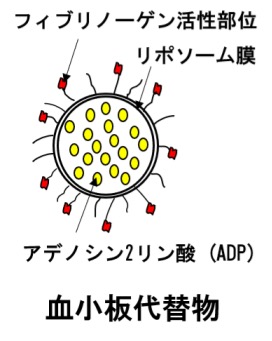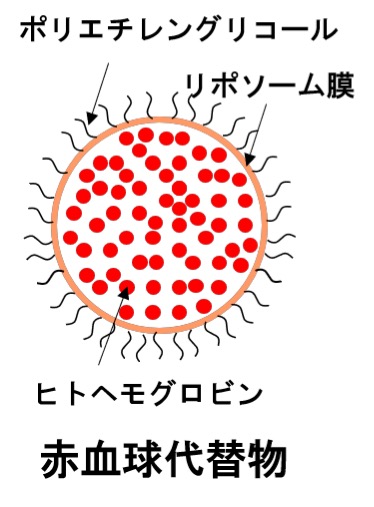


Nano adhesive plaster: successful hemostasis treatment by closure of the vena cava injury: Transfusion
National College of Defense Medical Science, Waseda University (Riko, Takeoka Ken):
Development overview
The research group has developed a nano-thick bandage that can be easily applied without adhesive on the torn blood vessel wall.
Successful hemostasis of massive bleeding from the inferior vena cava using rabbits.
In the case of multiple injuries and incidental complications of surgery, a major injury to a large blood vessel can result in a fatal hemorrhage.
Nano thick and thin film sheet: “Nano adhesive plaster”
The research group developed a sheet as thin as nanomembranes (one hundred thousandth of a millimeter) as the cell membrane.
This thin sheet can be applied tightly and without gaps to the surface of any organ or tissue without adhesive.
By applying this nano plaster, we succeeded for the first time in the world to stop bleeding of large blood vessels from thin blood vessels like the vena cava.
Research results, published in International Journal of Vascular Surgery, Journal of Vascular Surgery (May 17th, June 1st, 3rd issue).
News: Education x WASEDA ONLINE
https://yab.yomiuri.co.jp/adv/wol/news/news_130610.html
■ Announcement Magazine ■
Journal name: Transfusion (Transfusion Science, Publisher: Wiley, The Journal of the American Blood Bank Association, The Journal of the American Association of Blood Bank)
Article name: Combination therapy using fibrinogen γ-chain peptide-coated, ADP-encapsulated liposomes and hemoglobin vesicles for trauma-induced massive hemorrhage in thrombocytopenic rabbits Combined treatment with phosphate-containing liposomes and hemoglobin vesicles)
Immunobiology | National Defense Medical College